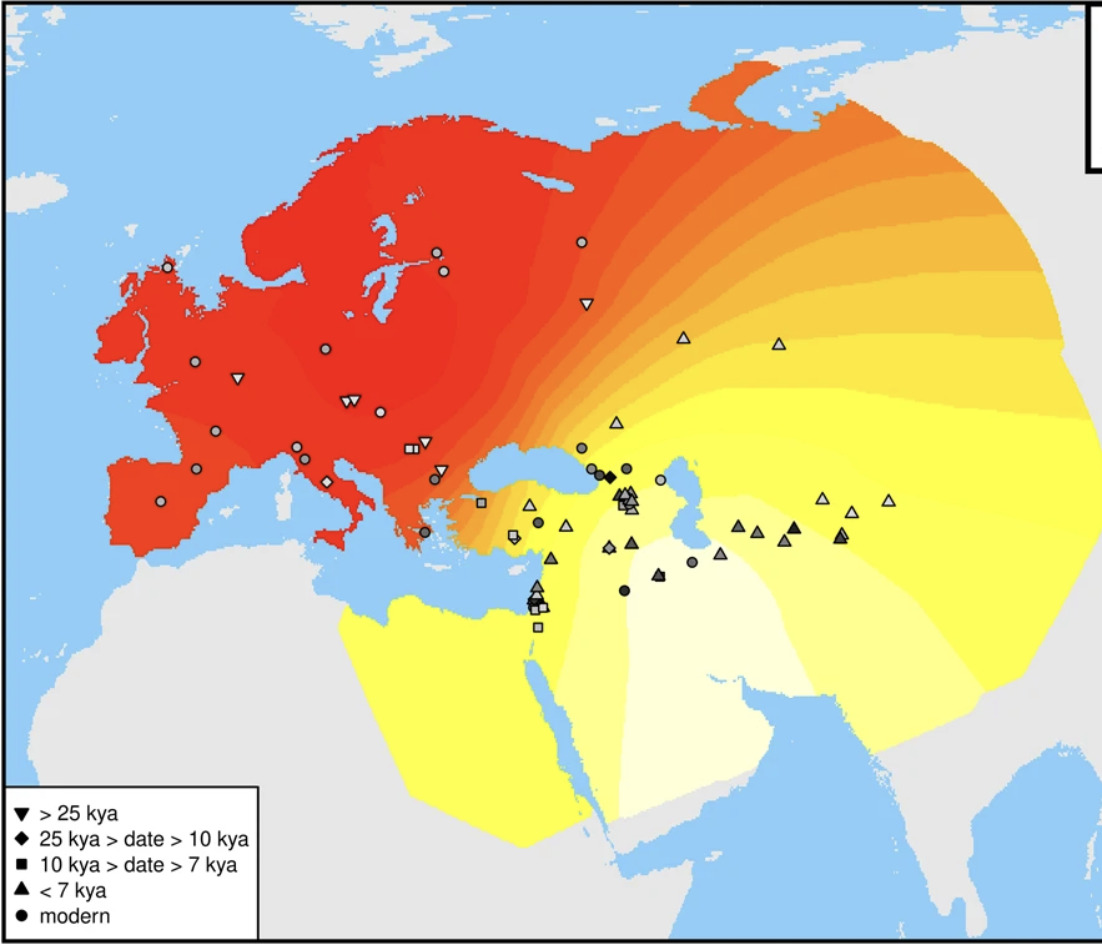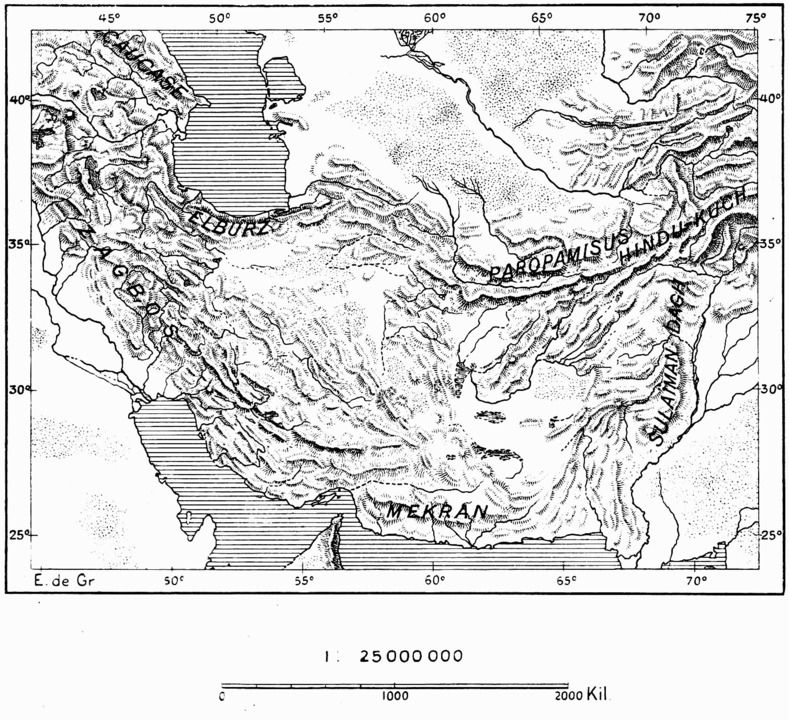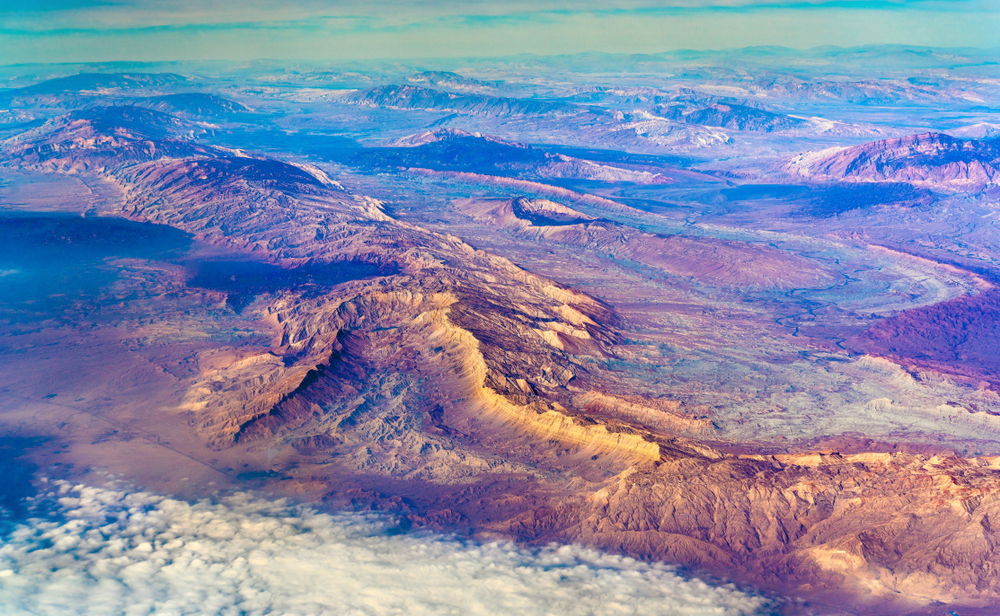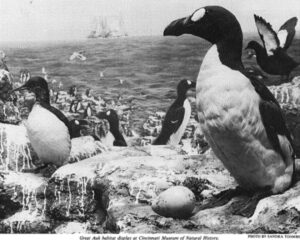Humans left Africa between 70,000 and 60,000 years ago, but our ancestors did not spread out across Eurasia for another 20,000 years. A new study addresses that huge gap in our understanding of early human migration.
It argues that the Persian plateau provided a “home away from home” for Homo sapiens during this time. And when conditions were right, they struck out from launching pad across Europe and Asia.

White to light yellow hues show the most likely Hub location from a genetic perspective. Photo: Nature
Colonization of Eurasia a complex scenario
Scientists have previously suggested a “hub” population was vital for later waves of migration. It was a “complex scenario, encompassing multiple expansions and local extinctions,” the new study explains.
Previous studies did not address where this Hub population came from.
The authors used genetic, fossil, and archaeological findings to pinpoint it as the Persian (or Iranian) plateau. The region covers roughly 3,700,000 square kilometers across parts of modern-day Iran, Afghanistan, and Pakistan.

A topographic map of the Persian plateau, bordered by the Caspian Sea and the Persian Gulf. Photo: Elisee Reclus/Wikimedia Commons
The region seems to have been more hospitable to large numbers of people than other potential staging areas. For 20,000 years, it was the cradle of civilization before the restless early humans began to fan out across Eurasia.






